This has aged poorly
Looks like no dating has been done yet, but stones, tools, and jewelry are usually dated from it's surroundings and additional artifacts found at the scene. Here's some more details on the find: https://arkeonews.net/rare-2800-year-old-assyrian-scarab-seal-amulet-found-in-tabor-nature-reserve/
Starfield
I love that Worf is just a large headed Stanley
That’s a painting
Wait are foxes an invasive species?
The more I look at this the worst it gets
I am Kenough
Because I’m from the streets. The streets!
4, 8, 15, 16, 23, 42
As a fellow iOS user, Memmy is pretty sweet for a version 0.0 beta app.
view more: next ›
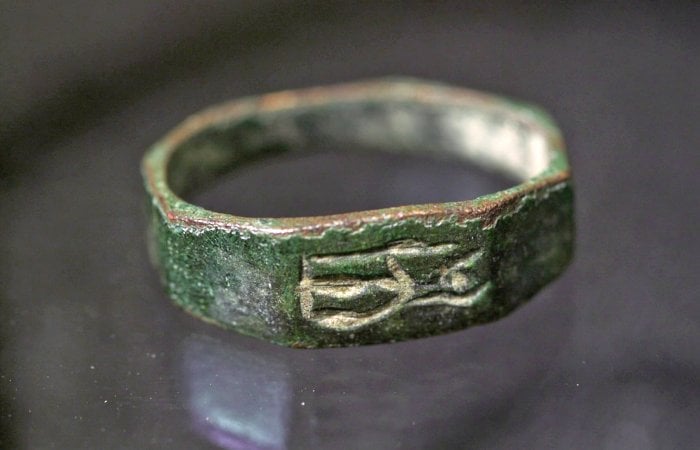
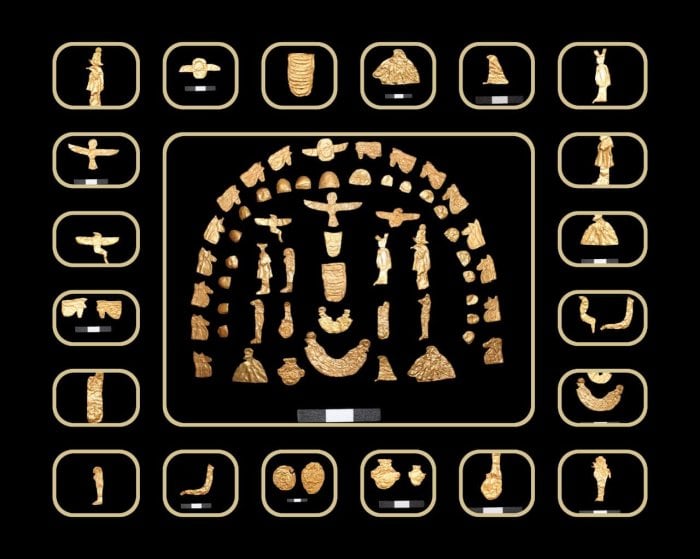




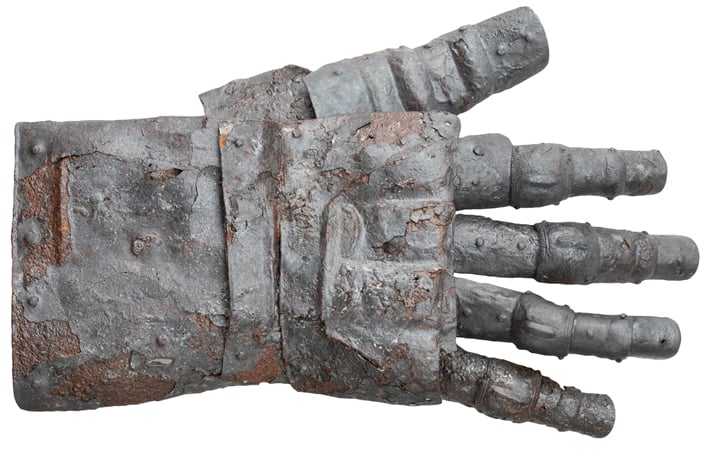


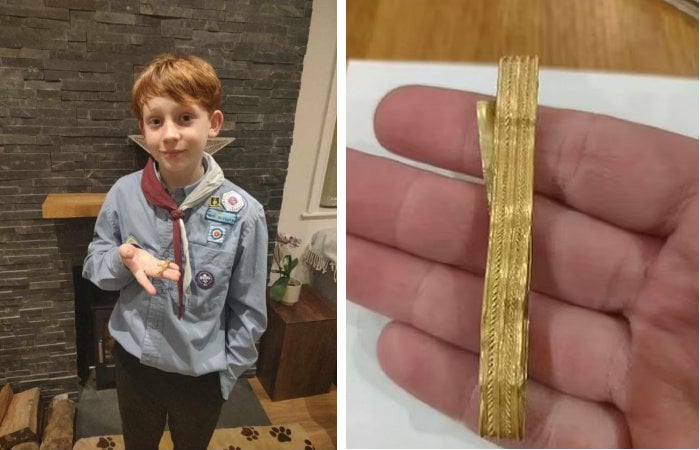

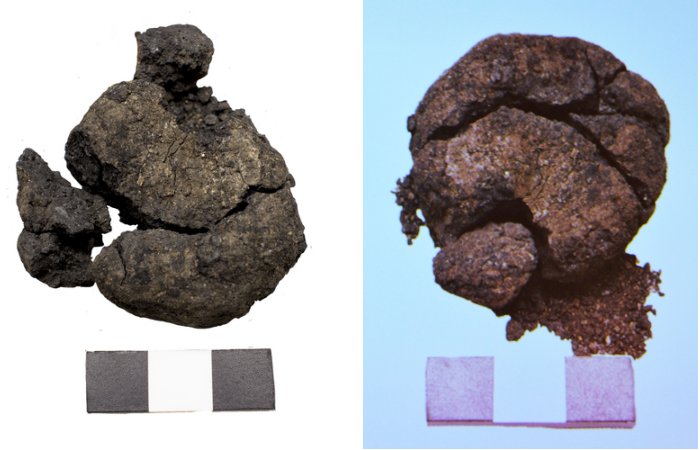
Really like this art style